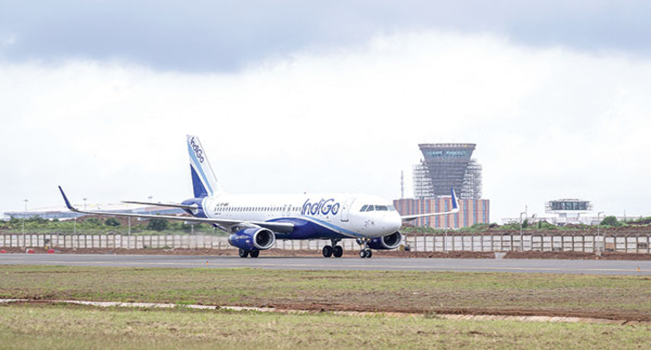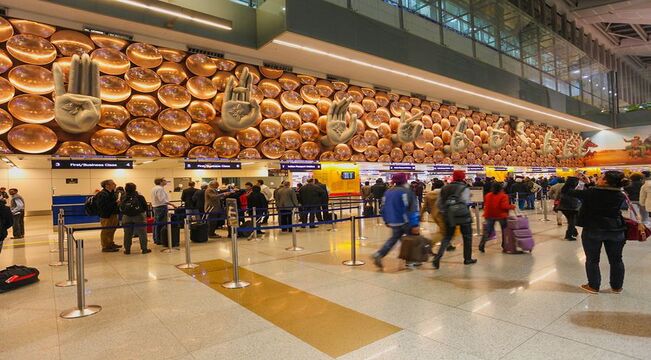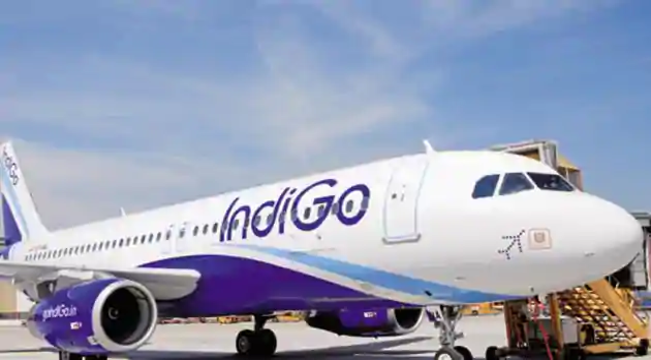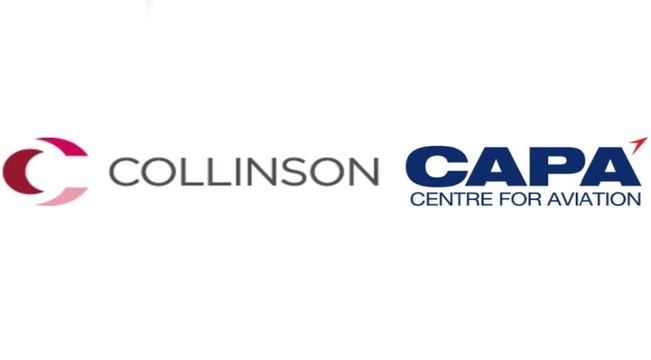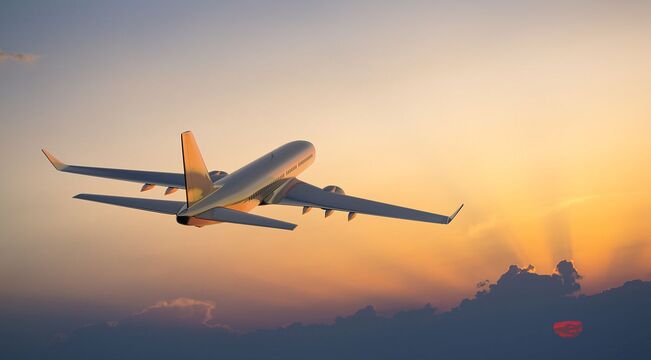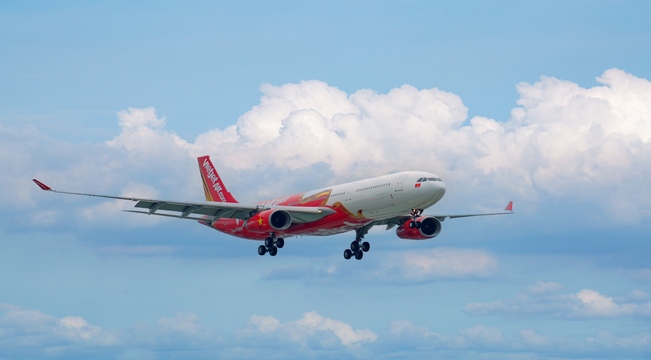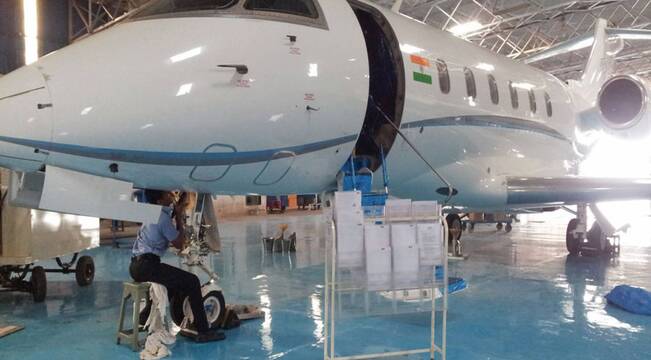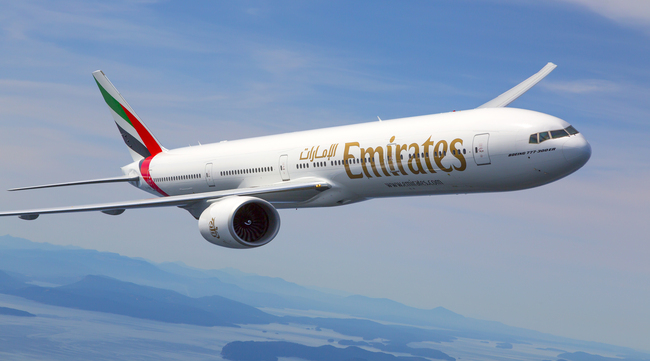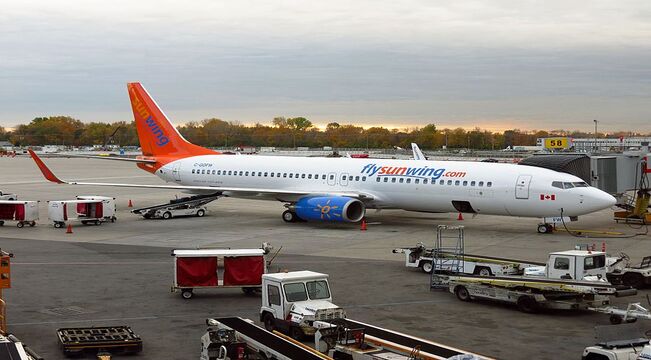New Delhi : InterGlobe Aviation Ltd, which runs India’s largest IndiGo airline, clocked a net profit of ₹188.9 crore in the September quarter as air travel picked up, against a loss of ₹1,583 crore a year earlier.
Total income during the period rose 20.6% from a year earlier to ₹15,503 crore, in what is typically a weak quarter for the travel industry. In fact, since IndiGo went public in November 2015, it has recorded a net profit in the quarter only twice—in 2016 and 2017.
Though its performance beat estimates, IndiGo said it expects a severe capacity shortage in 2024 due to issues with Pratt & Whitney engines, which power its A320 neo and A321 neo aircraft. In July, P&W said it needs to inspect 1,200 engines worldwide to assess an issue around the metal used in manufacturing the parts of a PW-1100G engine. IndiGo operates 150 of these aircraft, though it is not clear how many of them will be affected.
“Our current estimate is these accelerated inspections, and incremental shop visits will further adversely impact our operating fleet from Q4 onwards, which is 1 January 2024, and will lead to a higher number of groundings. The number of aircraft (to be impacted) is not known, but the duration could range between 250-300 days for inspection to be carried out for all the engines that are going to be recalled,” chief financial officer Gaurav Negi told analysts in a post-earnings conference call.
The airline, which has already grounded 40 aircraft due to earlier issues in P&W engines, is working to cover the capacity shortage. It has already retained 14 A320ceos (current engine option) in its fleet, extended leases, re-inducted 36 aircraft and executed damp leases of two aircraft on the Istanbul route. It has also implemented damp leases on another 11 aircraft, which will start flying this month. It is also signing leases for 12 more A320ceos from the secondary market, with deliveries expected from January 2024.
In a damp lease, an airline secures aircraft from a lessor along with some of the crew.
“We will keep on exploring additional capacity from secondary markets. We reiterate capacity addition FY24 guidance of north of mid-teens, and we also remain confident for long-term capacity guidance,” Negi added.
Lease costs for secondary or used planes have seen a slight increase, but IndiGo is hopeful of offsetting them thanks to demand and anticipated compensation from P&W. Older aircraft raise operational costs as they are not as efficient, and their engines consume more fuel.
“The negotiations are ongoing with OEMs primarily to get spares; the whole idea is to get the AOG (aircraft on ground) reduced. Aside from that, there is a dialogue happening related to compensation so that it is cost-neutral,” Negi added.
Analysts warn of a higher fare regime with IndiGo faltering on capacity addition.
“IndiGo has clocked profit in Q2, which is an achievement. While the airline tries to maintain its guidance in capacity, the lower RASK and uncertainty on groundings due to engine issues in Q4-FY24 are causes of worry,” said Ameya Joshi of Network Thoughts, an aviation consultancy. RASK refers to Revenue per Available Seat Kilometre, a performance metric for airlines. “With the wet leases being marginally expensive, the airline will need to increase its yield to recover the additional cost, which is a challenge in an environment where demand isn’t growing rapidly, but costs are,” Joshi added.
On average, IndiGo added six aircraft every month in the September quarter, taking the total fleet strength to 334 from 316 on 30 June. The airline increased its owned aircraft count to 16 from 14 in the previous quarter, while 316 are on operating lease and two are on wet lease with Turkish Airlines, where an aircraft is leased along with crew. This is the fourth straight quarter of net profit for the airline, with cumulative net profit since October 2022 at more than ₹5,600 crore.
The airline flew 26.3 million passengers in the quarter, reaching a total passenger count of 52.5 million in FY24 so far. The Gurugram-based carrier has set a 100 million target for FY24. Expenditure rose 6% to ₹15,313.8 crore, with fuel expenses accounting for 38% of the total spend at ₹5,856 crore, down 6.4%. Employee costs for the airline jumped 32% to ₹1,521.7 crore. Yield, or revenue earned per paying passenger flown per kilometre (km), was at ₹4.44 per km, 12.4% lower than the year-ago period and 14% lower than the preceding quarter.
The total cash balance for the airline stood at ₹30,665.8 crore from ₹27,400 crore in the preceding quarter, while debt touched ₹49,391.7 crore as compared to ₹46,291.9 crore on 30 June. Given the cash position, the airline aims to invest in buying ATR aircraft in the December quarter and will also look at procuring engines with cash as part of a long-term strategy.
For the December quarter, the airline management expects a 25% year-on-year increase in available seat capacity, and while the yield for October has been lower than last year, it is expected to catch up over November and December, resulting in similar trends for yield and load factor for the third quarter as compared to the same period last year.
The airline reiterated its optimism on the international segment and aims to increase capacity deployment share to overseas flights to 30% from 26% currently. Among the new destinations, IndiGo saw an over 80% passenger load factor on flights to Central Asia, while Jakarta and Nairobi are still in the startup phase.
“Even if domestic demand would be softer, we have the opportunity in international. Some of our recent additions are also helping to get more connecting traffic. We see India as developing as not just point to point but also as a hub,” chief executive officer Pieter Elbers said. according to the reports published in www.livemint.com .
IndiGo will continue to keep the fuel surcharge of ₹300-1,000 on airfares. “ATF is still on the higher end of our spectrum that we have laid out for ourselves,” Negi added.










